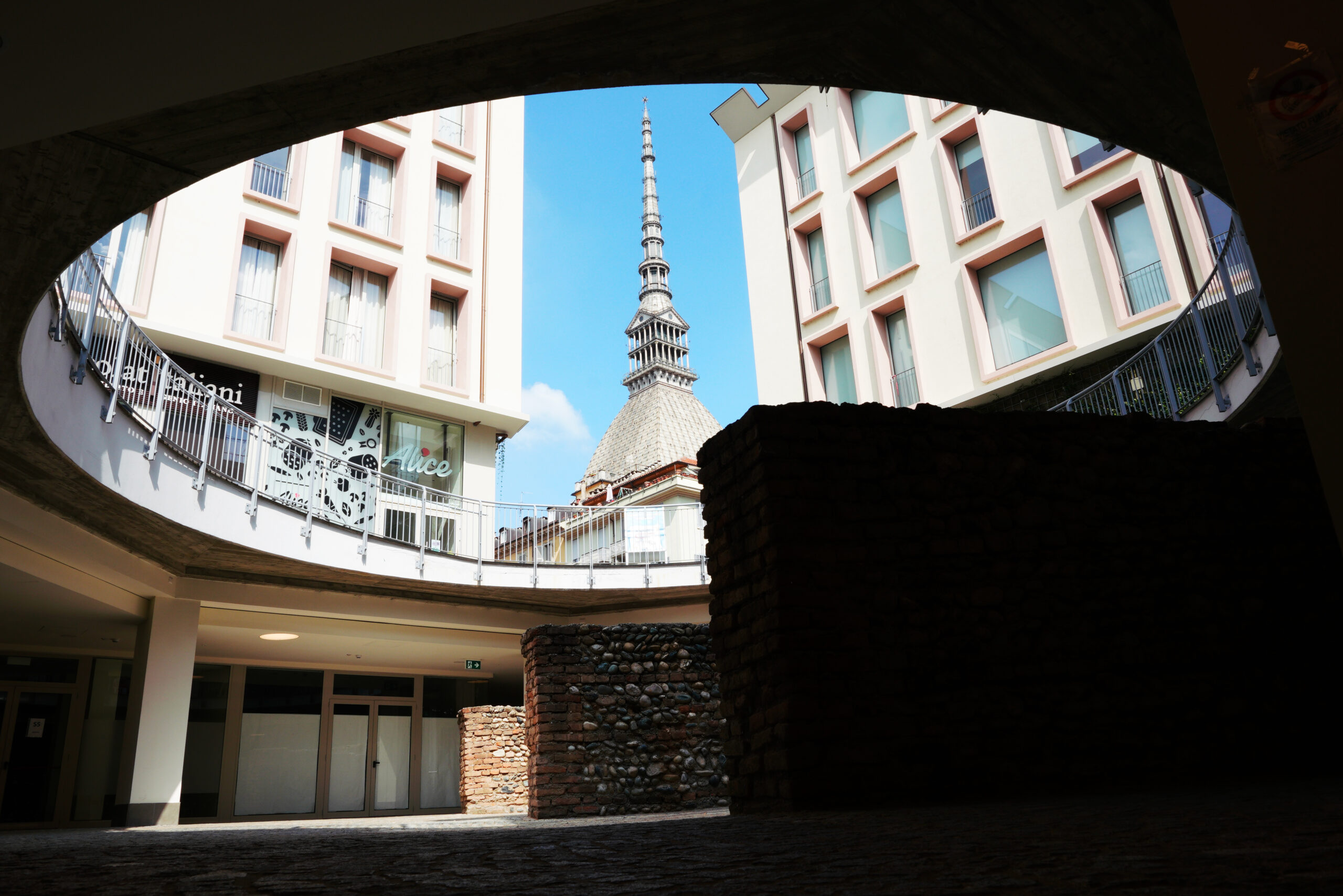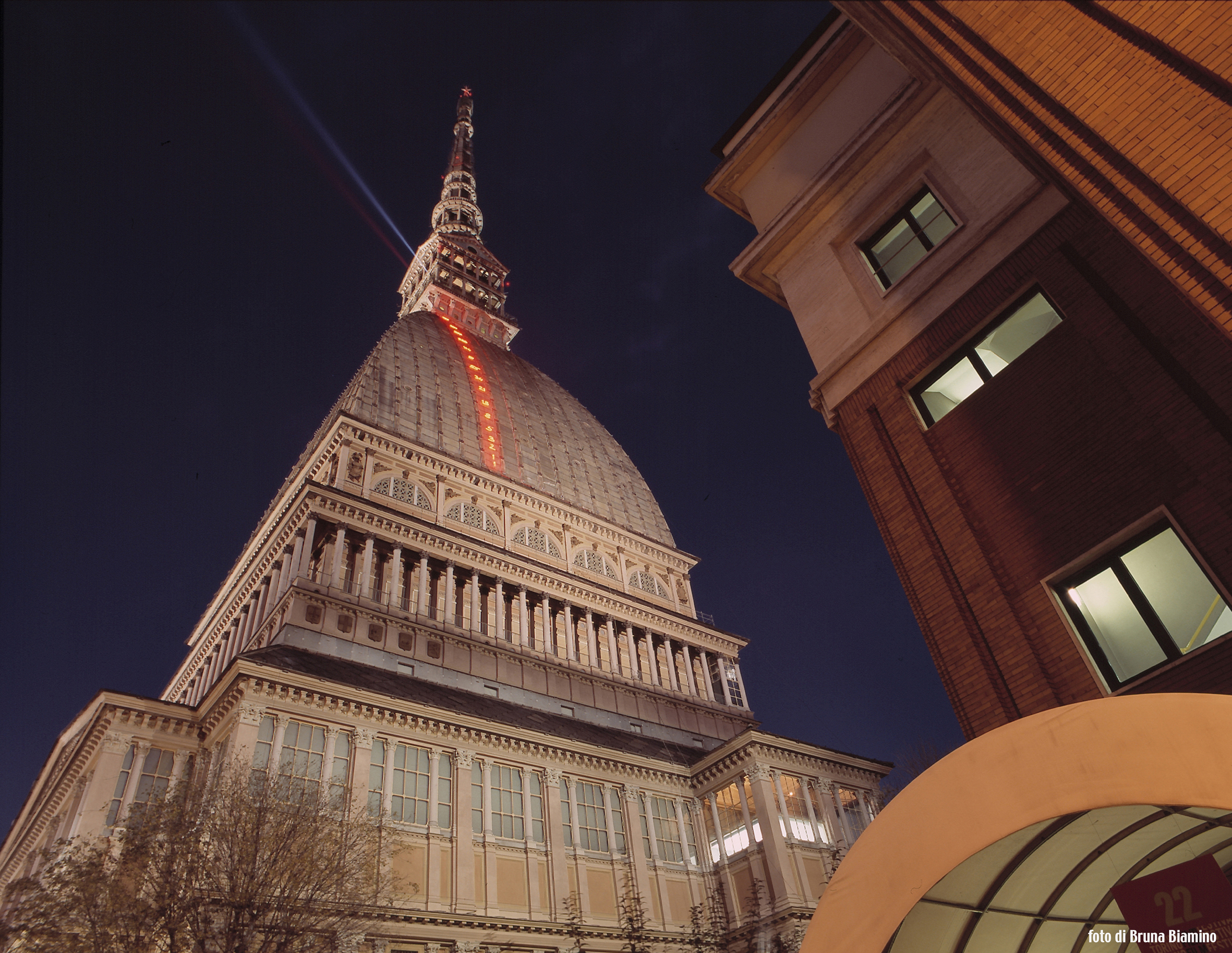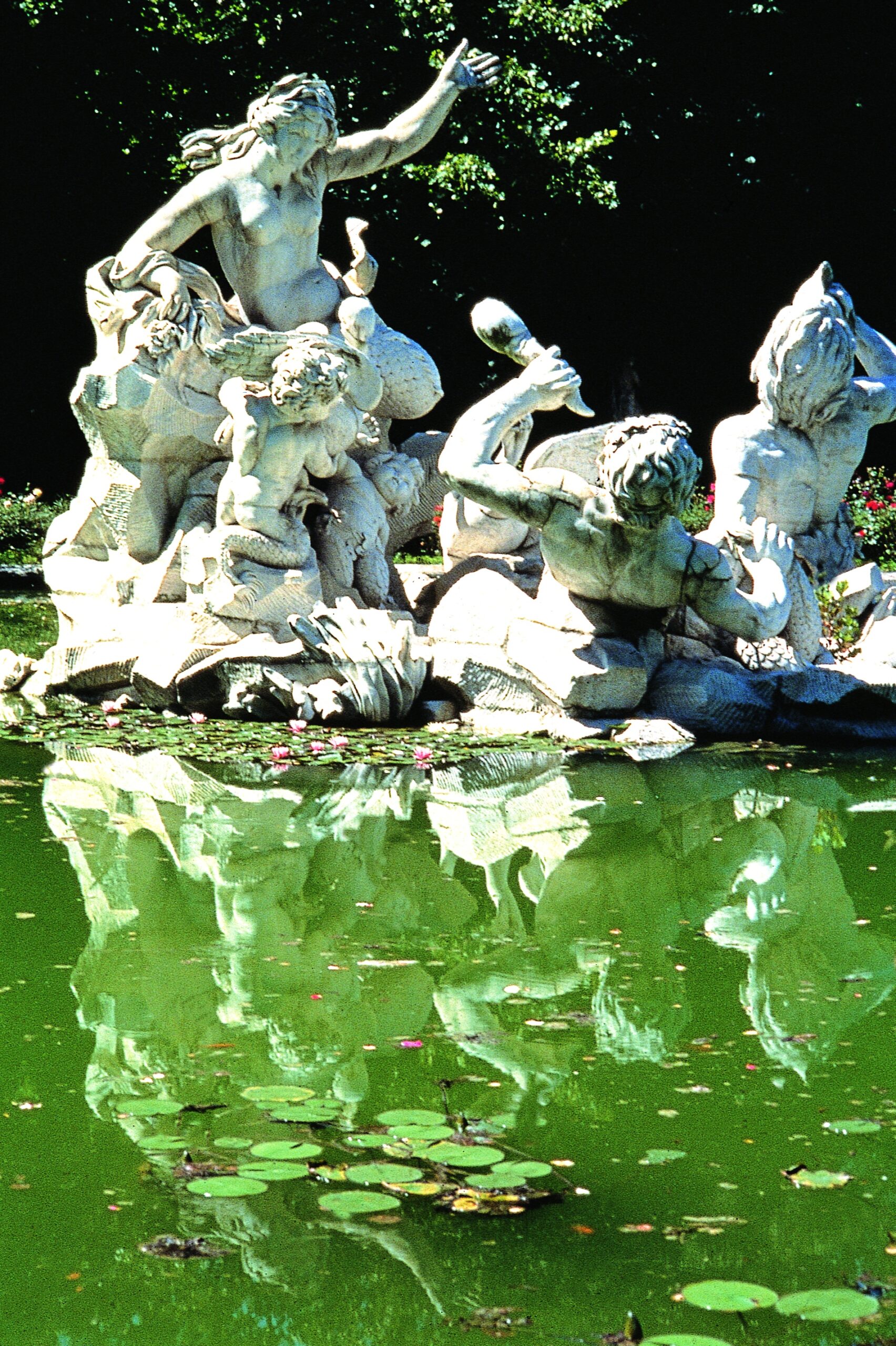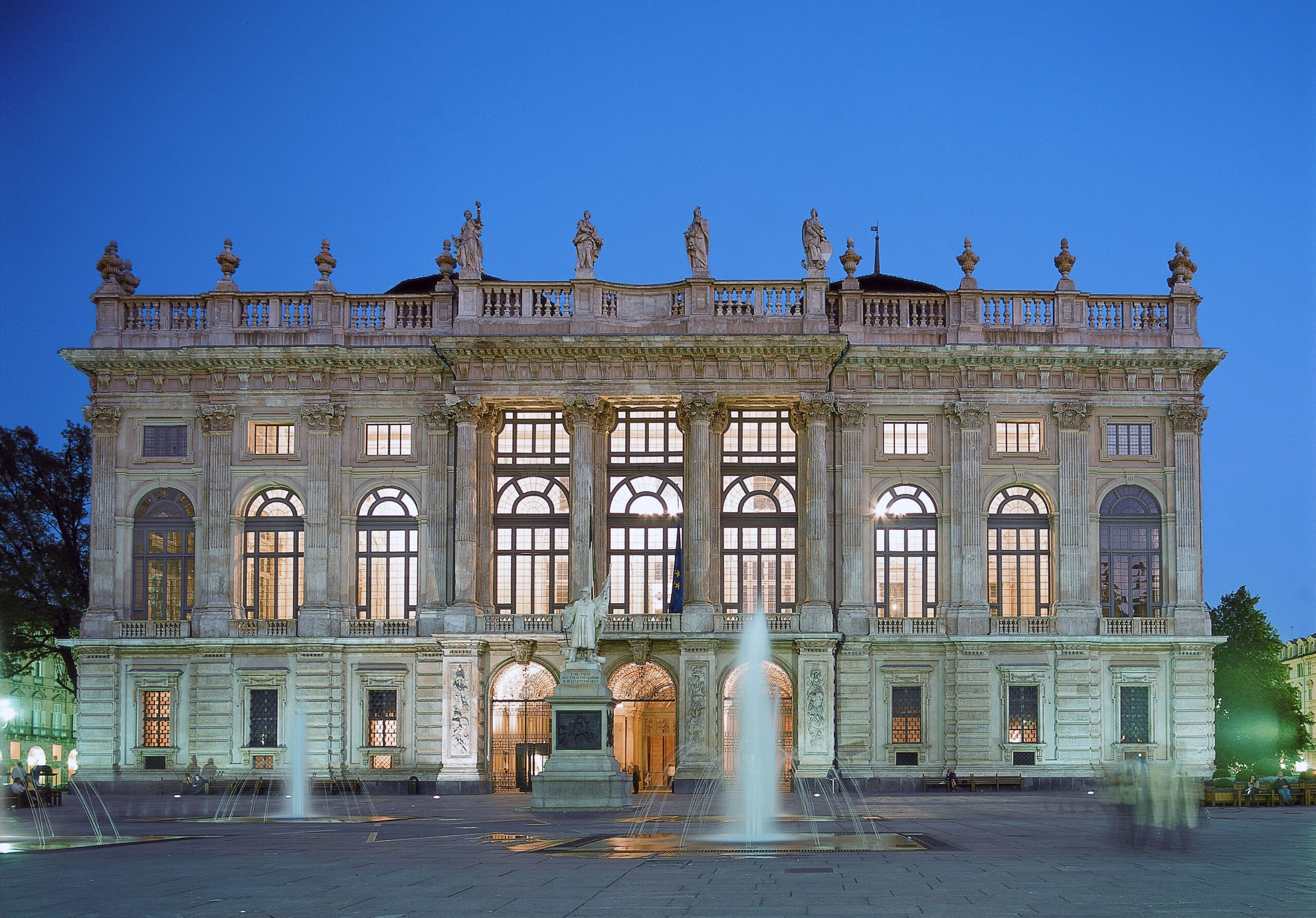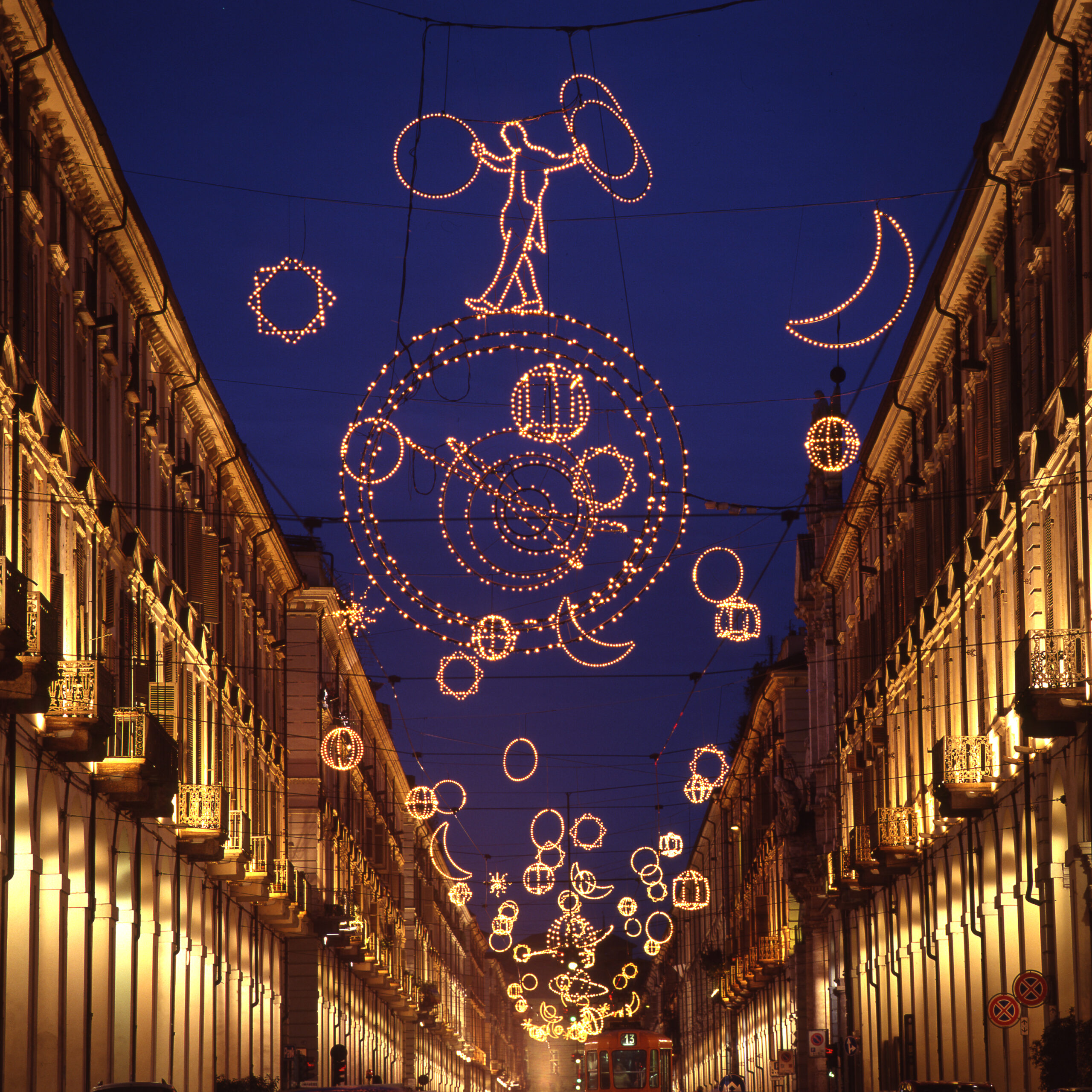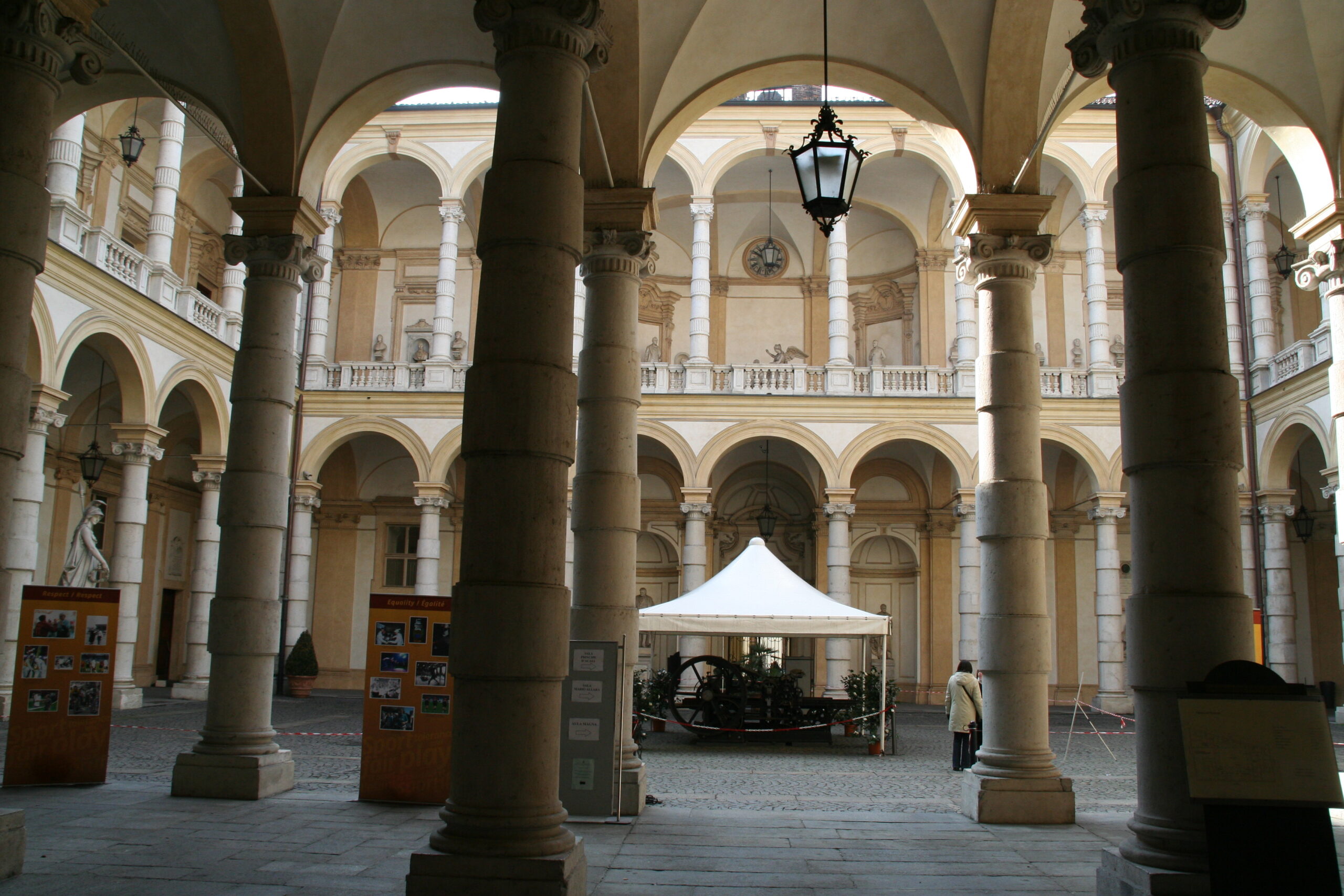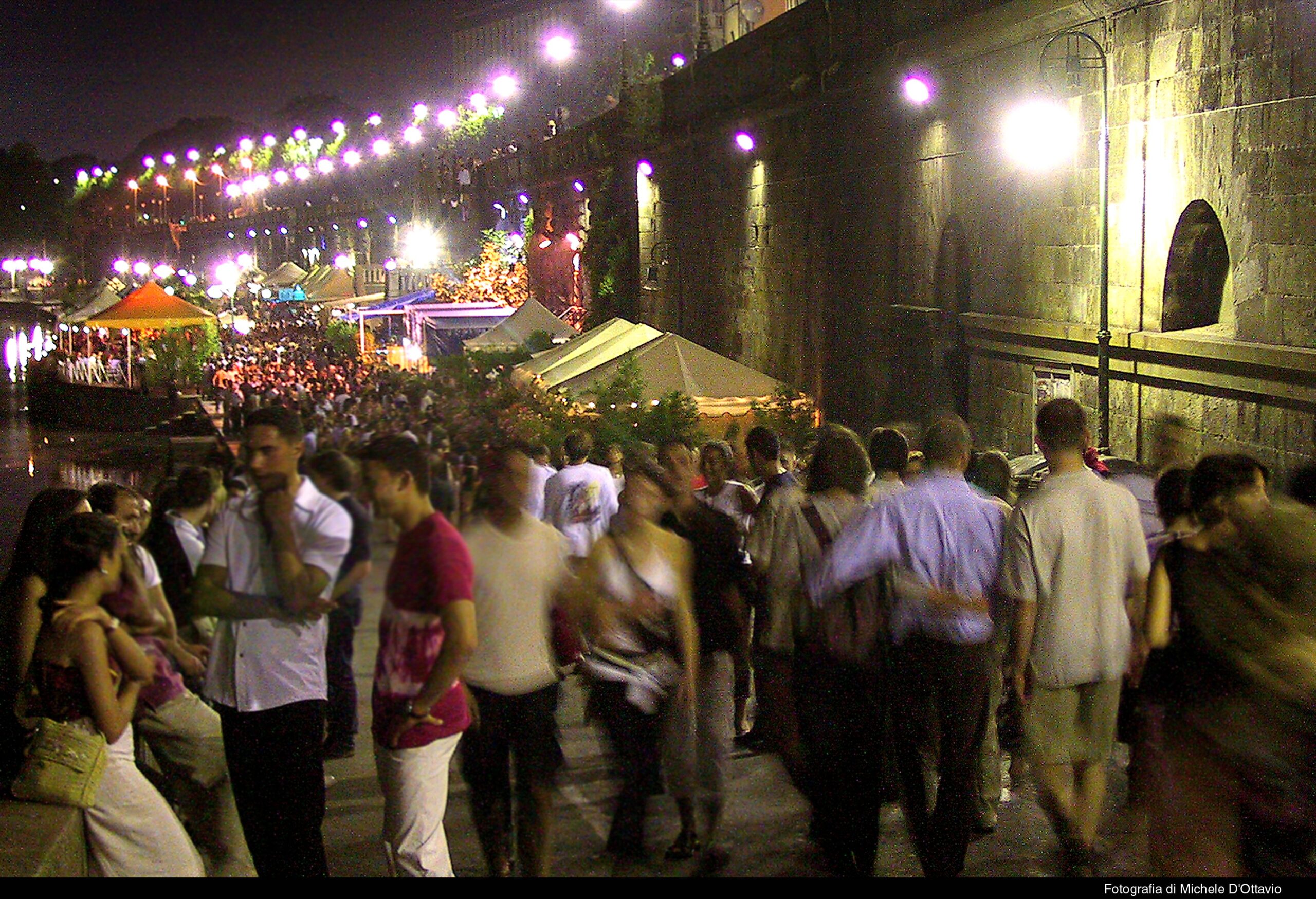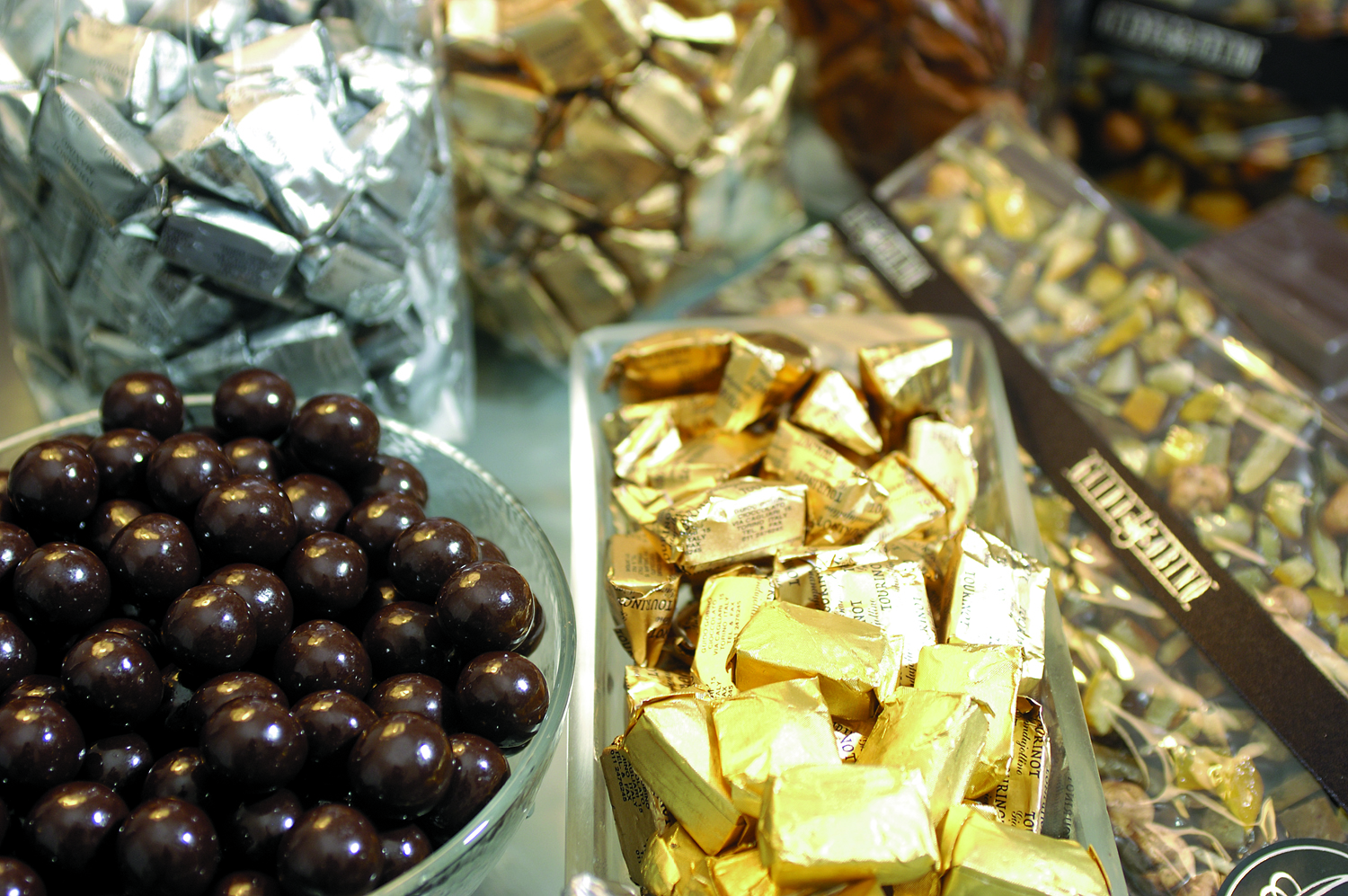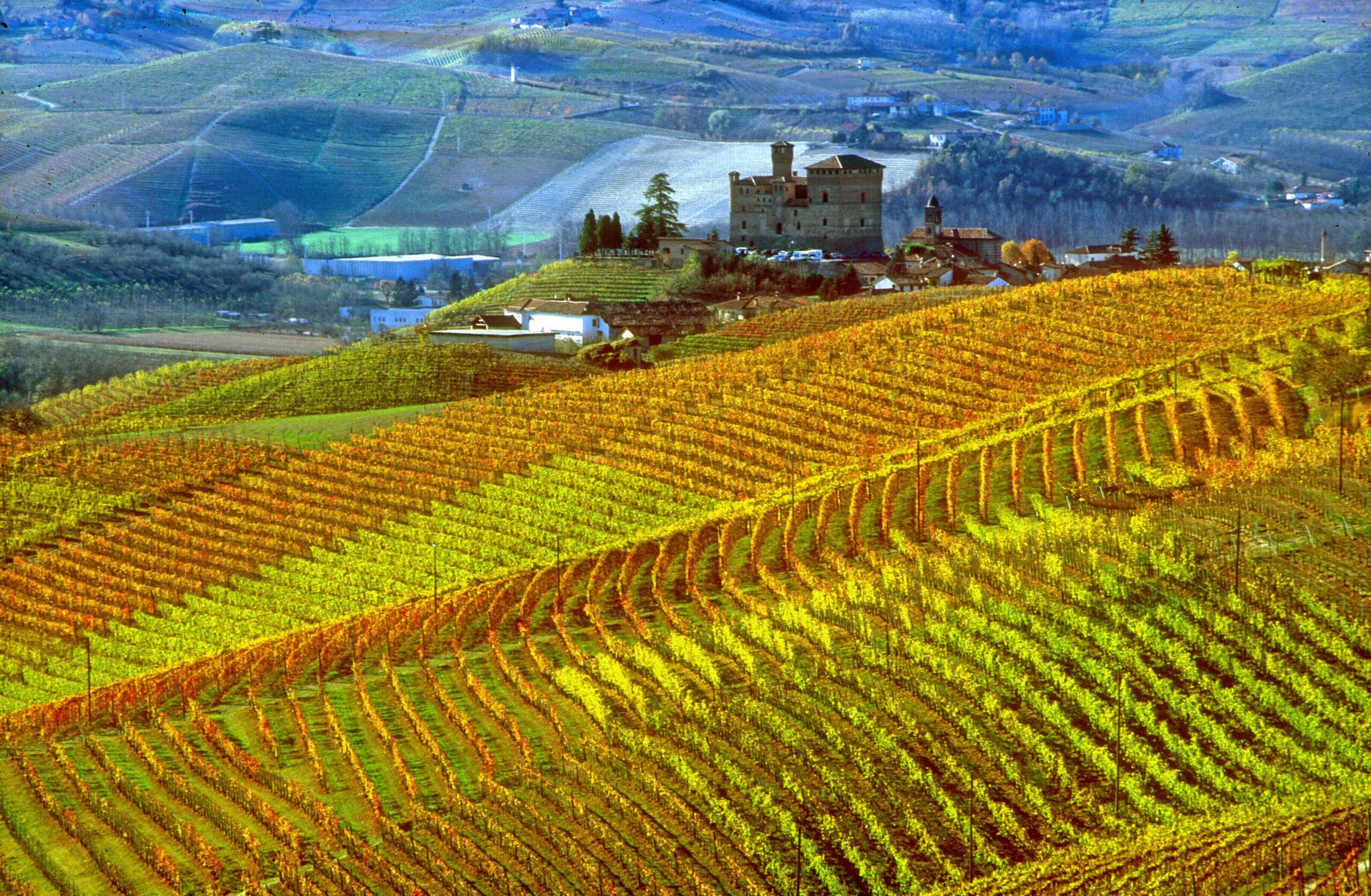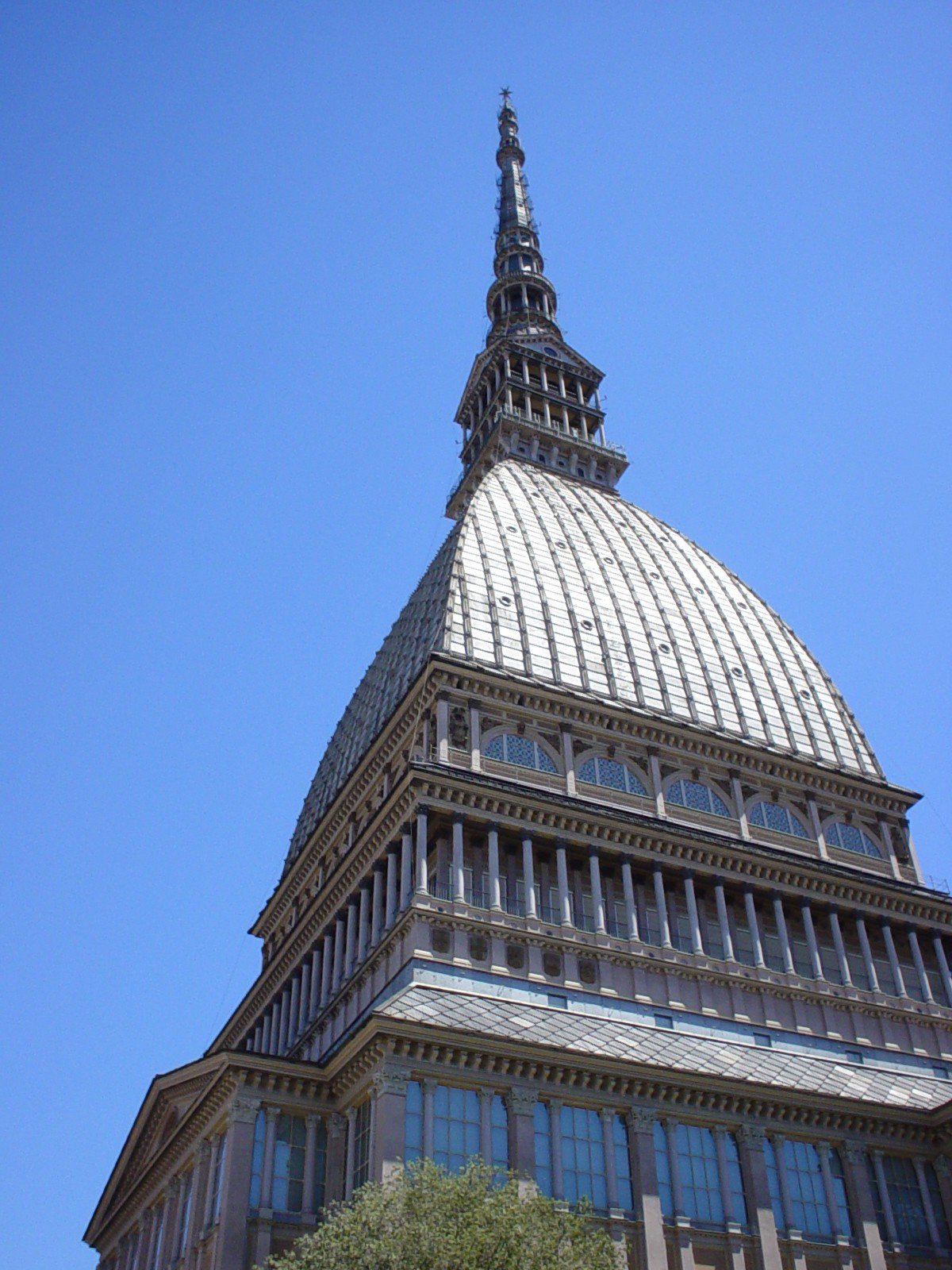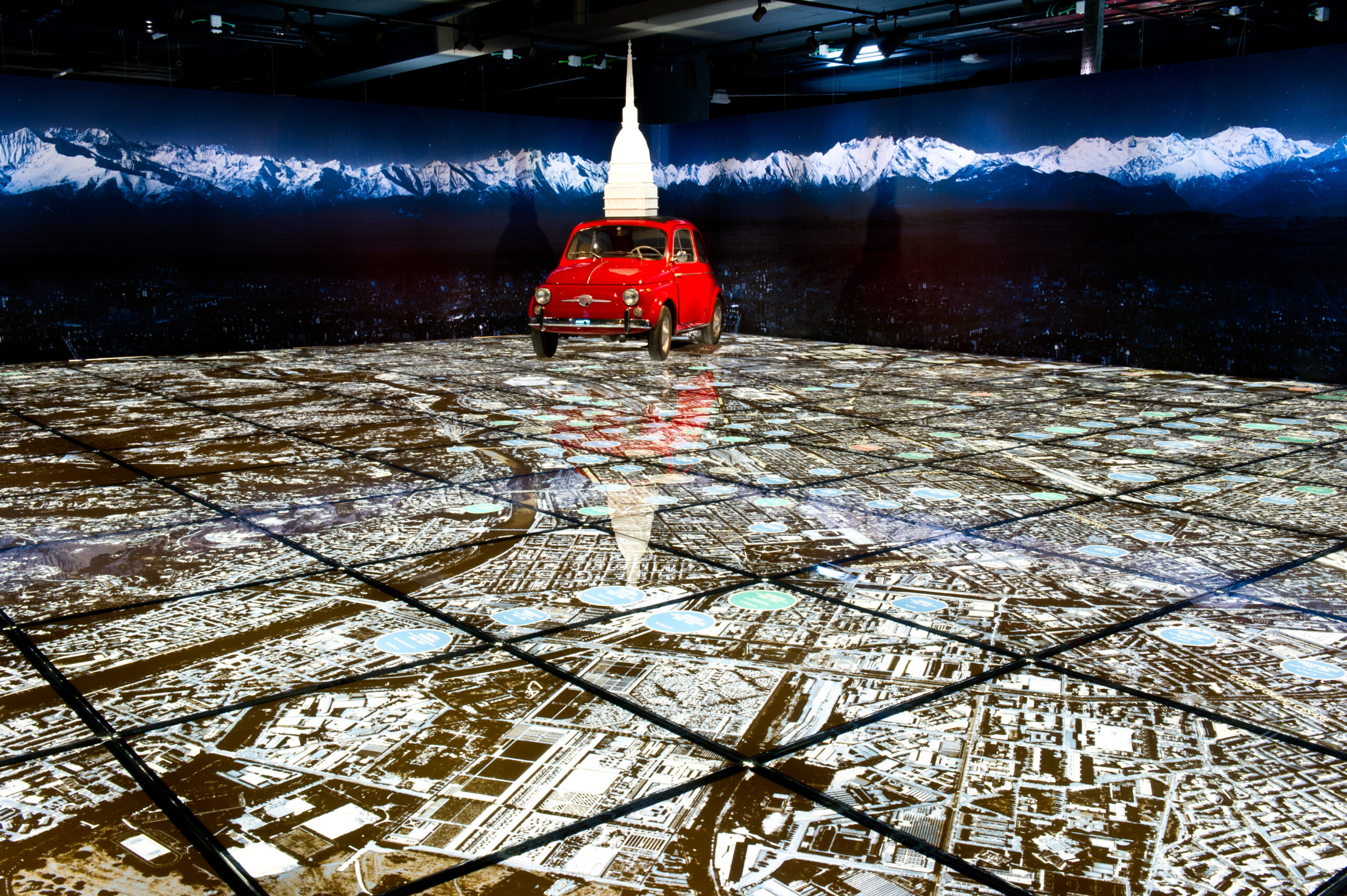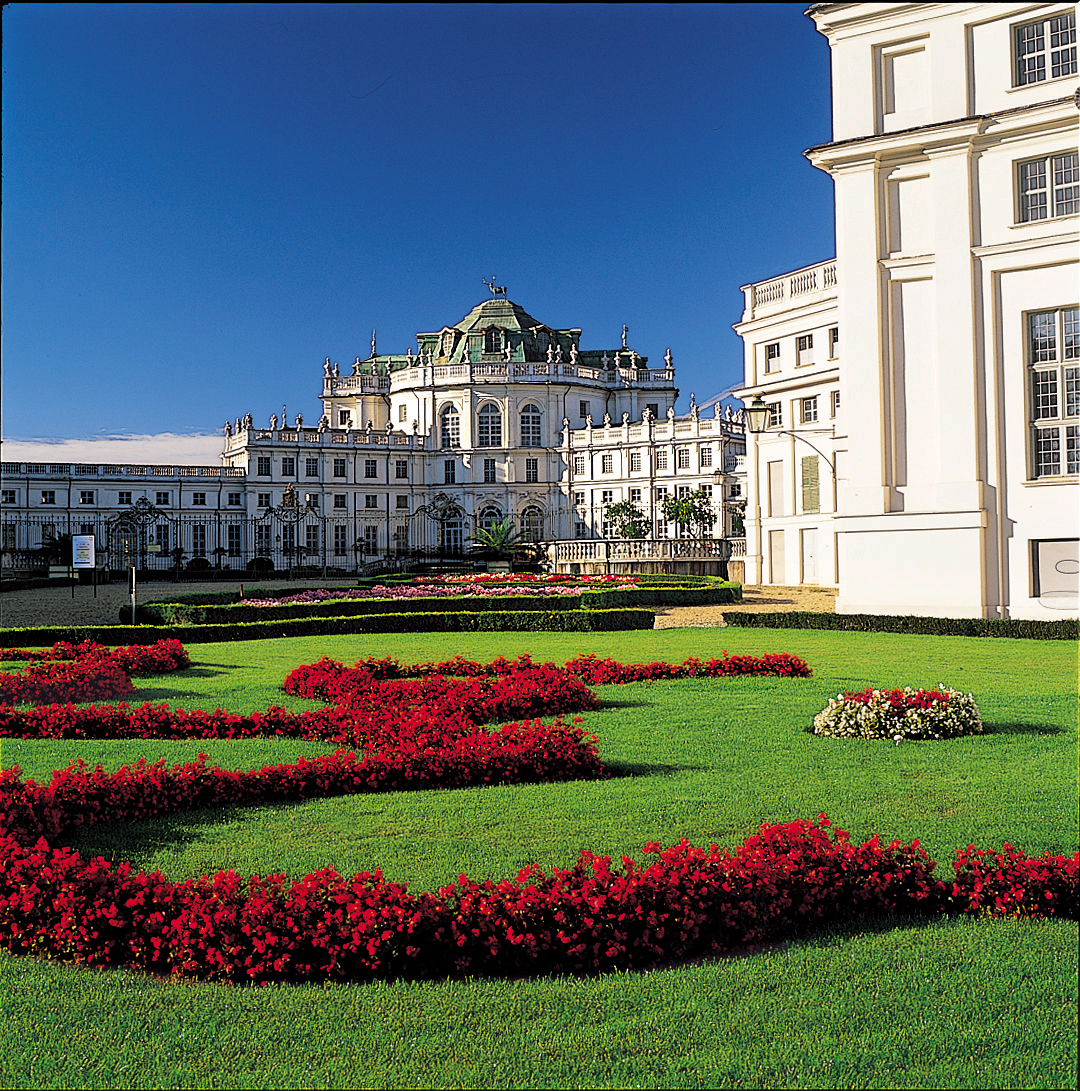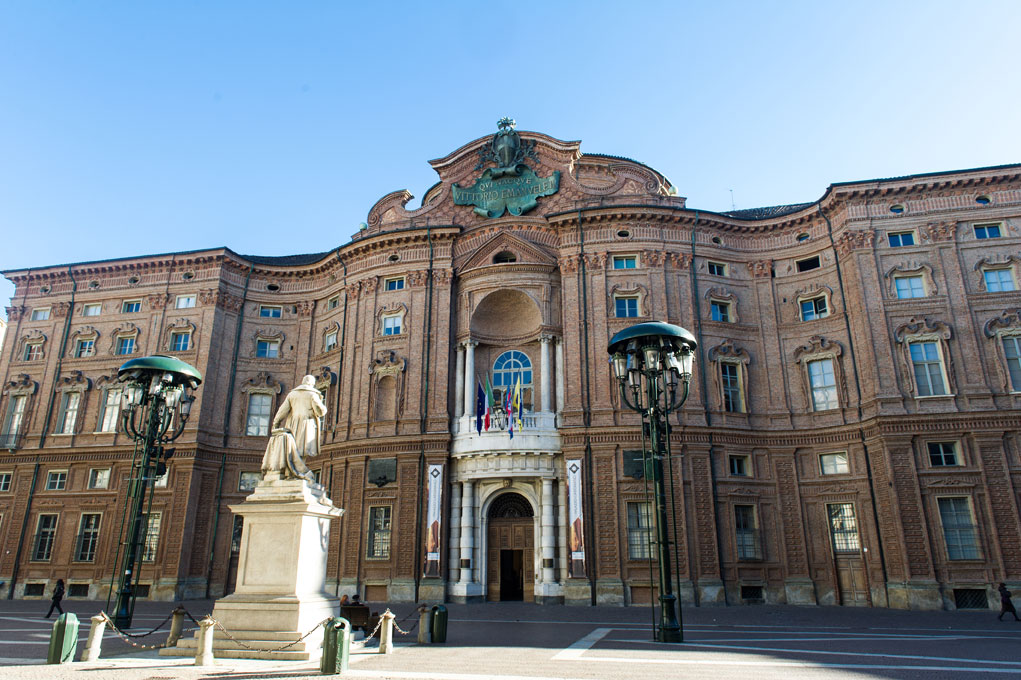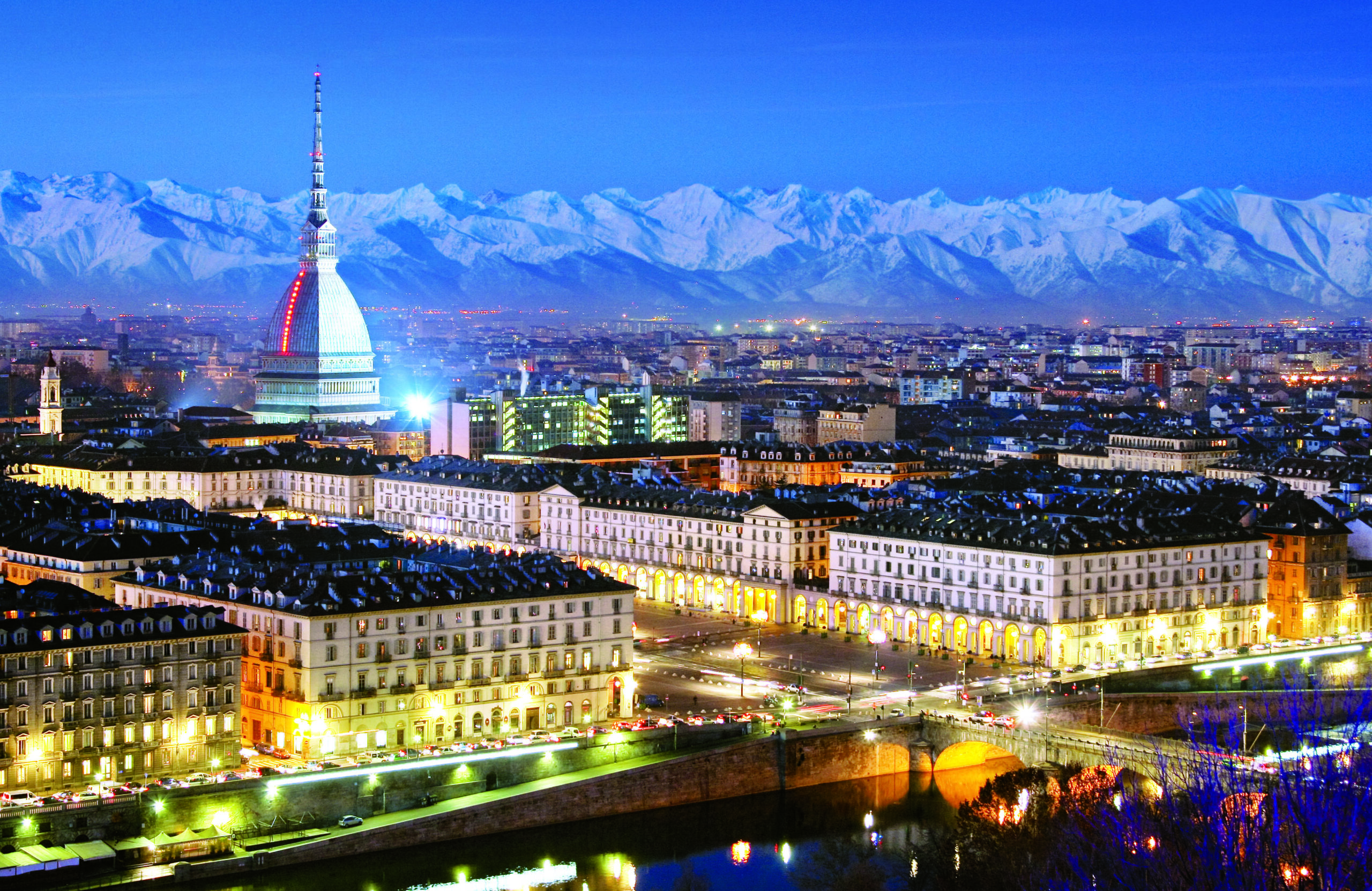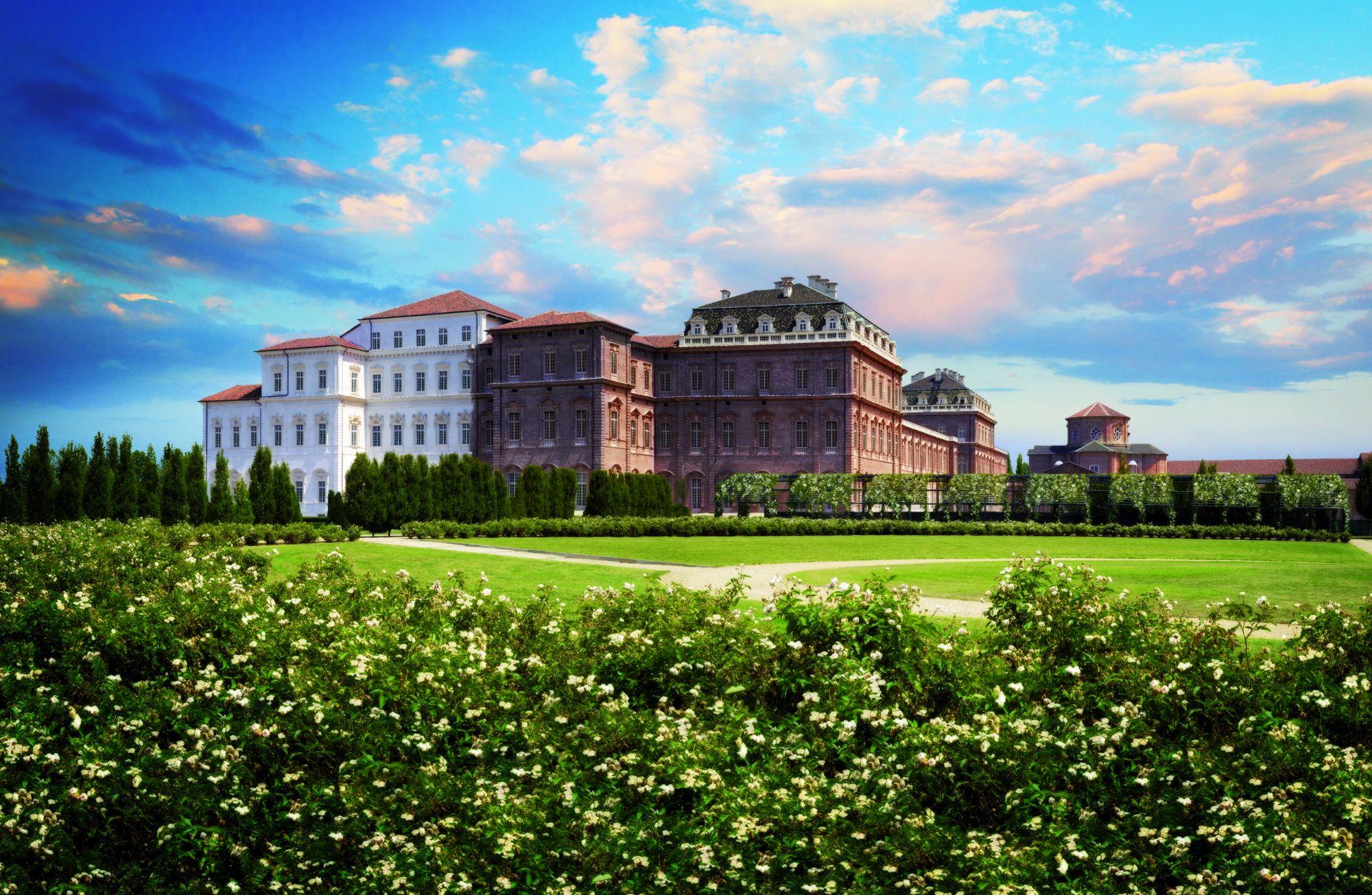The conference will take place in Turin (in Italian: Torino).
Turin is a city in constant evolution: from Augusta Taurinorum (after 27 a.C.) to the capital of the Savoy Dukedom (1563) until becoming Italy’s first capital (1861), the queen of the automobile industry (1899) and the star of the 2006 Winter Olympics. Today it is being presented with an image that makes it even more appealing. Torino is a city that is just waiting to be discovered in all of its many aspects: filled with historic evidence, acclaimed museums, works of contemporary art en plein air, cultural events, with its characteristic porticos, renowned historical meeting places, its extensive parks and magic places.
